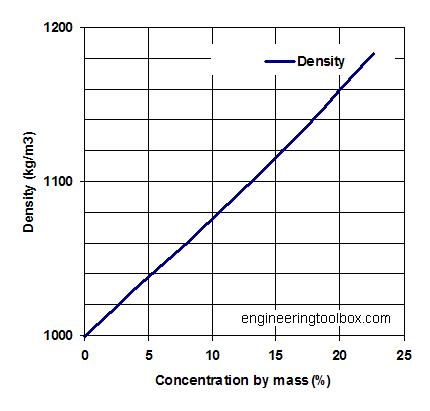Question #d42e2
1 Answer
Molality: 0.05 molal.
Explanation:
A solution's molality is defined as the number of moles of solute, in your case sodium chloride, divided by the mass of the solvent, in your case water, expressed in kilograms.
This means that, for a given volume of solution, you need to know its density in order to be able to determine how much solvent you have present.
To make the calculations easier, assume a 1-L sample of your solution. SInce its molarity is said to be 0.05 M, the sample will contain 0.05 moles of sodium chloride.
Use sodium chloride's molar mass to determine how many grams would contain that many moles
Now, the density of a 1-L solution that only contains 2.922 g of sodium chloride will be very, very close to 1.00 g/mL.

Let's assume that the density of the solution is 1.001 g/mL.
This means that the sample has a mass of
The mass of water will be
This means that the solution's molality will be
For all intended purposes, and taking into account the fact that you only gave one sig fig for the molarity of the solution, the molality will be

